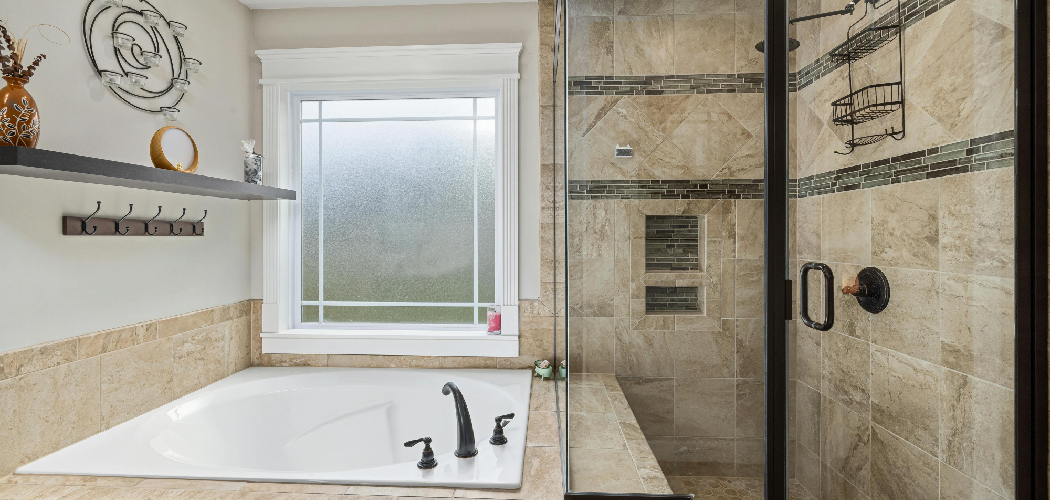It is common to find homes with shower-only bathrooms, but many homeowners wish they had a bathtub as well. Converting a shower to a bathtub is not as complicated as it may seem, and it can give your bathroom a whole new look and feel. In this guide, we will walk you through the steps on how to convert shower to bathtub in your home.
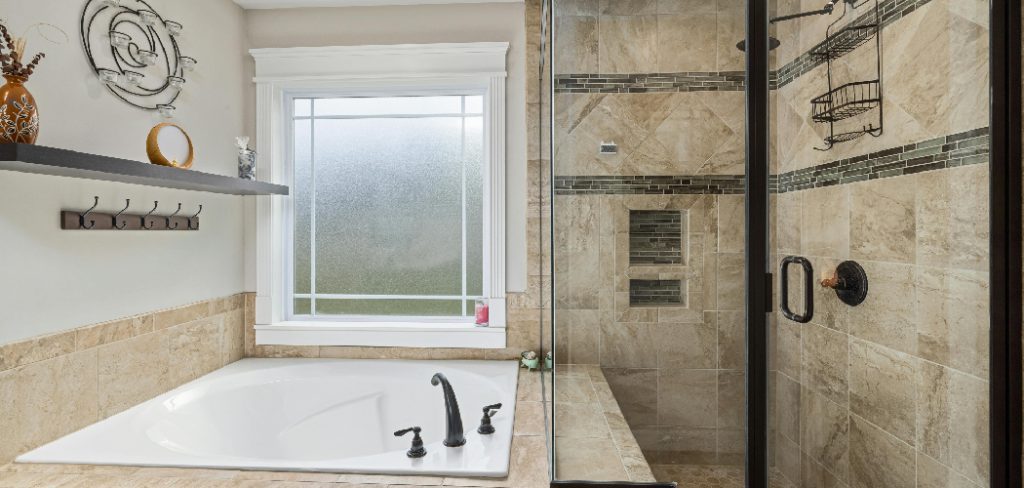
Necessary Items
Before you start converting your shower to a bathtub, it is essential to gather all the necessary items and tools. These include:
- Bathtub: Choose a bathtub that fits your space and meets your needs. There are various types of bathtubs available, such as freestanding, alcove, and corner tubs.
- Plumbing Supplies: You will need pipes, fittings, valves, and any other necessary plumbing supplies to connect the bathtub to your existing water lines.
- Tools: You will need basic tools such as wrenches, pliers, screwdrivers, and a level to complete the conversion.
8 Things to Know Before You Start
1) Assess Your Current Bathroom
Before you start any major renovations, it is important to assess your current bathroom. Take note of the space’s size and layout, as well as any existing plumbing fixtures. You will also need to check if there is enough room for a bathtub, as this will determine the type and size of bathtub you can install.
2) Choose Your Bathtub Wisely
When choosing a bathtub, consider the size and shape of your bathroom, as well as your personal preferences. If you have a small bathroom, a freestanding or corner tub may be more suitable than an alcove tub. Additionally, think about the material of the bathtub, as it can affect its durability and maintenance.
3) Plan Your Plumbing
The plumbing for a bathtub is more complex compared to a shower. You will need to plan and install new pipes, fittings, and valves to connect the bathtub to your existing water lines. It is important to consult a professional plumber if you are not familiar with this process.
4) Check Your Drainage System
It is essential to check your current drainage system before installing a bathtub. Make sure it can handle the increased volume of water from a bathtub. If necessary, you may need to upgrade your drainage system.
5) Consider Your Budget
Converting a shower to a bathtub can vary in cost depending on the type of bathtub and materials used. It is important to set a budget and stick to it when choosing your supplies. Also, consider any additional costs, such as hiring a professional plumber or contractor.
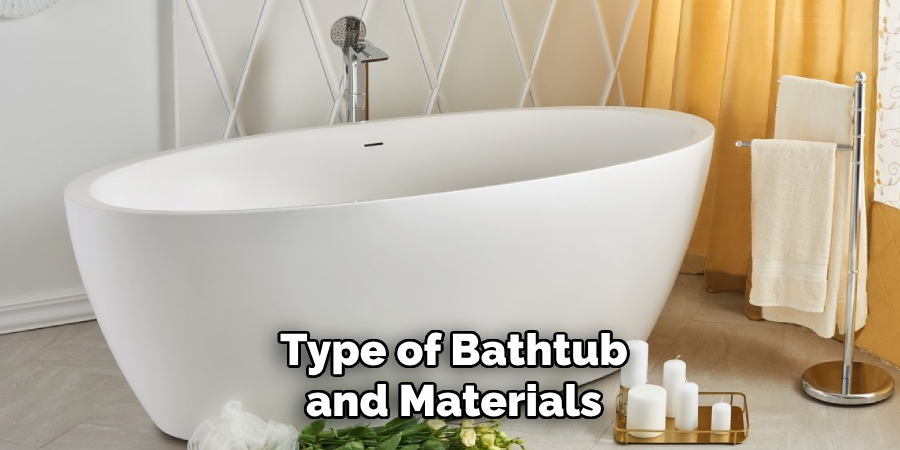
6) Check Your Building Codes
Before proceeding with the conversion, it is important to check your local building codes and regulations. Some areas may have specific requirements for plumbing and electrical work that need to be followed. Be sure to obtain any necessary permits before starting your project.
7) Prepare for the Mess
Converting a shower to a bathtub can be messy and time-consuming, so it is important to prepare accordingly. Cover your floors and any surrounding areas with drop cloths or plastic sheets to protect them from dust and debris.
8) Seek Professional Help If Needed
If you do not have experience with plumbing or construction work, it may be best to seek professional help. Improper installation of a bathtub can lead to costly damages and repairs in the future.
Converting a shower to a bathtub is a great way to add value and functionality to your bathroom. You can successfully convert your shower into a bathtub with proper planning, the right tools and supplies, and following the necessary steps on how to convert shower to bathtub.
However, it is always best to seek professional assistance if you are unsure about any step in the process. Once completed, you can enjoy a relaxing soak in your new bathtub and give your bathroom a whole new look. So, don’t be afraid to take on this project and make the conversion from shower to bathtub in your home.
12 Steps on How to Convert Shower To Bathtub
Step :1 Remove the Existing Shower
The first step in converting your shower to a bathtub is removing the existing shower unit. Turn off the water supply and remove any fixtures, such as the faucet and showerhead. And then, using a drill or screwdriver, remove the shower unit from the wall. Also, remove any caulking or adhesive around the edges.
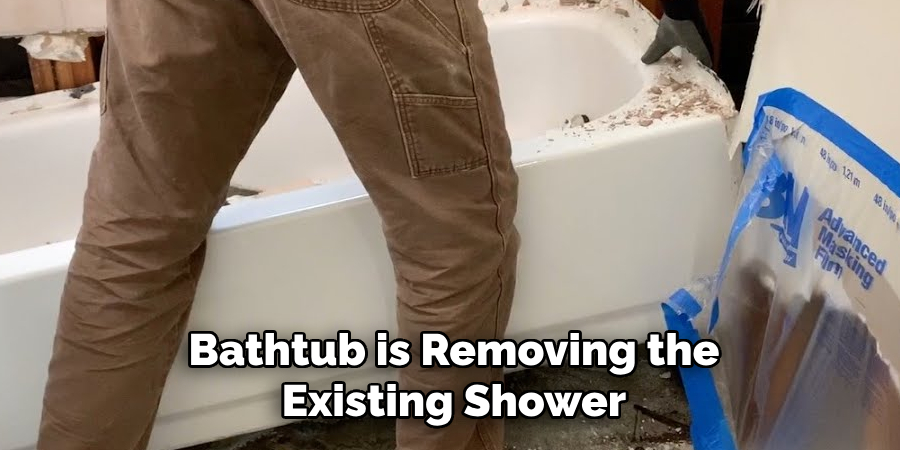
Step 2: Prepare the Area for Installation
Once you have removed the shower unit, it is important to prepare the area for installation. This includes removing any remaining caulking, cleaning the walls and floor, and making sure they are level and free from any damage. This will ensure a smooth and stable installation of your new bathtub.
Step 3: Measure the Space
Measure the space where the bathtub will be installed to determine the size and type of bathtub you can choose. Make sure to also measure the distance from the drain to the wall, as this will determine the location of your bathtub’s drain.
Step 4: Install the Bathtub
Follow the manufacturer’s instructions to install your chosen bathtub in the designated space. Use a level to ensure it is installed evenly and securely. While installing the bathtub, make sure to leave enough space for access to the drain and plumbing.
Step 5: Connect the Bathtub Drain
Connect the bathtub’s drainage system by attaching it to your existing drainage pipes. Use a plumber’s putty or silicone sealant to create a watertight seal between the drain and tub. So you can avoid any leaks in the future.
Step 6: Install the Overflow Drain
Next, install the overflow drain to prevent water from overflowing out of your bathtub. The process may vary depending on the type of bathtub you have chosen, so be sure to follow the manufacturer’s instructions carefully.
Step 7: Connect the Water Supply
Connect the hot and cold water supply lines to the bathtub faucet. Make sure to turn off the water supply before making any connections, and use proper fittings and connectors for a secure and leak-free connection.
Step 8: Secure the Bathtub
Once your bathtub is in place, secure it to the wall using brackets or screws. This will ensure that your bathtub is stable and does not move while in use. If your bathtub does not come with pre-drilled holes for securing, you can use a drill to create them.
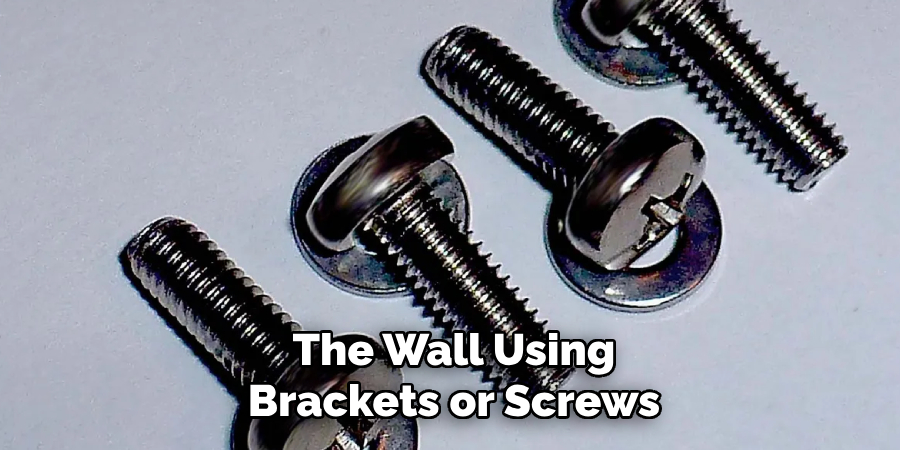
Step 9: Install the Surrounding Walls
Depending on the type of bathtub you have chosen, you may need to install walls or panels around it. This will provide a finished look and also protect against water damage. Follow the manufacturer’s instructions for installation and use caulk or adhesive to ensure a tight seal.
Step 10: Install Fixtures and Accessories
Once your bathtub is securely installed, you can install fixtures such as the faucet and showerhead. You can also add any accessories, such as shelves or towel racks, for added functionality and convenience.
Step 11: Test for Leaks
After completing the installation, turn on the water supply and test for any leaks. If you notice any leaks, make sure to address them immediately to avoid any potential damage. However, if you have followed the instructions carefully and used proper fittings and sealants, leaks should not be an issue.
Step 12: Finish the Walls and Floor
Once everything is installed and tested for leaks, you can finish the surrounding walls and floor. This may include painting or tiling to match the rest of your bathroom’s aesthetic. And now, you can enjoy your new bathtub in a beautiful and functional bathroom. So, go ahead and take a relaxing soak to celebrate completing this project! Congratulations on successfully converting your shower to a bathtub.
So, you have successfully converted your shower to a bathtub by following these steps. Remember to plan carefully, use the right tools and supplies, and seek professional help if needed. With a little effort and some patience, you can transform your bathroom and add value to your home.
So, enjoy your new bathtub and make the most out of this project! Keep in mind that these steps are general guidelines, and the process may vary depending on your specific needs and the type of bathtub you choose.
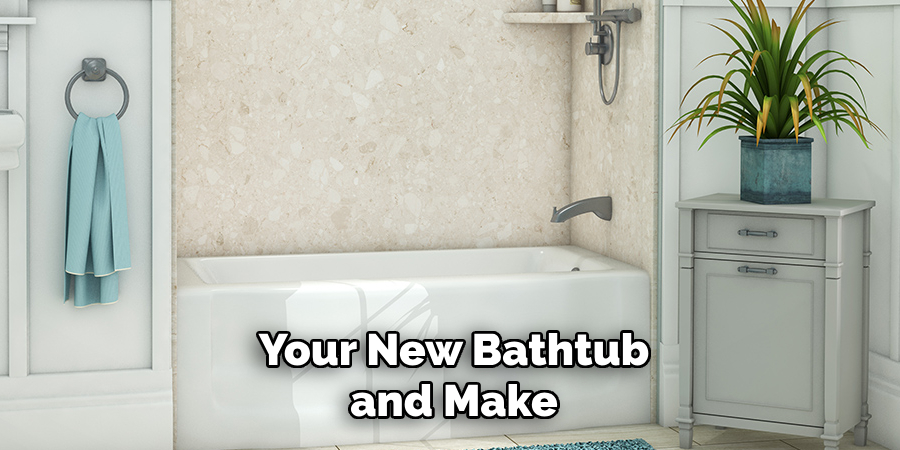
8 Things to Avoid When Converting Shower To Bathtub
Now that you know the steps on how to convert your shower to a bathtub, there are also some things you should avoid to ensure a successful and hassle-free conversion process. Here are eight things to keep in mind:
1. Not Planning Carefully
Before starting the conversion process, it is important to plan carefully. This includes measuring your space, choosing the right bathtub and fixtures, and making sure you have all the necessary tools and supplies. Rushing into a project without proper planning can lead to costly mistakes.
2. Not Following Instructions
Each bathtub may have different installation instructions, so it is important to follow them carefully. Not following instructions may result in an improper installation, which can lead to future problems and damage.
3. Using Incorrect Tools or Supplies
Using the wrong tools or supplies can also cause issues during the conversion process. Make sure to use appropriate tools and materials recommended by the manufacturer for a safe and successful installation.
4. Not Testing for Leaks
As mentioned earlier, it is important to test for leaks after installation. Neglecting this step can result in future water damage and costly repairs. While testing for leaks, make sure to also check for proper drainage and water flow.
5. Not Hiring a Professional
Converting a shower to a bathtub may seem like a simple DIY project, but it can be quite complex, depending on your specific needs. If you are unsure or uncomfortable with any step of the process, it is best to seek professional help to ensure a proper and safe installation.
6. Not Considering Accessibility
If you or someone in your household has mobility issues, it is important to consider accessibility when choosing a bathtub. This can include features such as grab bars, non-slip flooring, and adjustable shower heads.
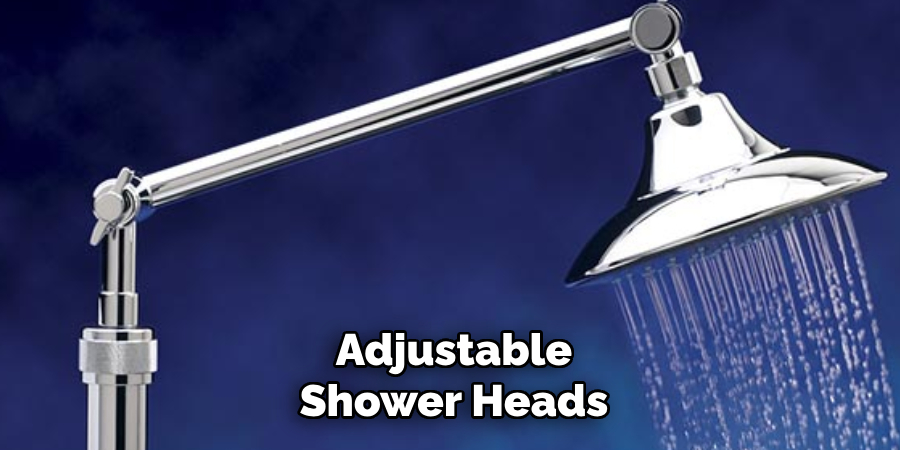
7. Ignoring Building Codes or Regulations
Before starting the conversion process, make sure to research and adhere to any building codes or regulations in your area. This can help prevent any potential issues or delays down the line.
8. Forgetting About Maintenance
Just like any other fixture in your bathroom, a bathtub also requires regular maintenance to keep it in good condition. Make sure to clean it regularly and address any issues promptly to avoid costly repairs in the future.
Remembering these eight things to avoid can help ensure a successful and stress-free conversion process. So, go ahead and enjoy your new bathtub in your revamped bathroom. Make sure to take good care of it for many relaxing soaks in the future. Cheers! Keep in mind that proper maintenance is key to prolonging the life of your bathtub, so make sure to follow the manufacturer’s recommendations for cleaning and upkeep.
8 Additional Tips for Converting Shower To Bathtub
Aside from avoiding common mistakes, here are eight additional tips to keep in mind when converting a shower to a bathtub:
1. Consider the Layout and Design of Your Bathroom
Before choosing a bathtub, consider the layout and design of your bathroom. This will help determine the size and style of bathtub that best fits your space. You should also consider the placement of fixtures to ensure a functional and aesthetically pleasing layout.
2. Take Accurate Measurements
It is crucial to take accurate measurements before purchasing your bathtub, as improper sizing can cause installation issues. Measure the space where your bathtub will be installed and carefully compare it with the dimensions of the bathtub you are considering.
3. Pay Attention to Drain Location
When choosing a bathtub, make sure the drain location aligns with your existing plumbing. Otherwise, you may need to hire a professional plumber for relocation, which can add to the overall cost.
4. Choose the Right Materials
The materials of your bathtub are not only important for its durability but also for its appearance and maintenance requirements. Some popular options include acrylic, fiberglass, and cast iron. Research and compare different materials to determine the best fit for your needs.
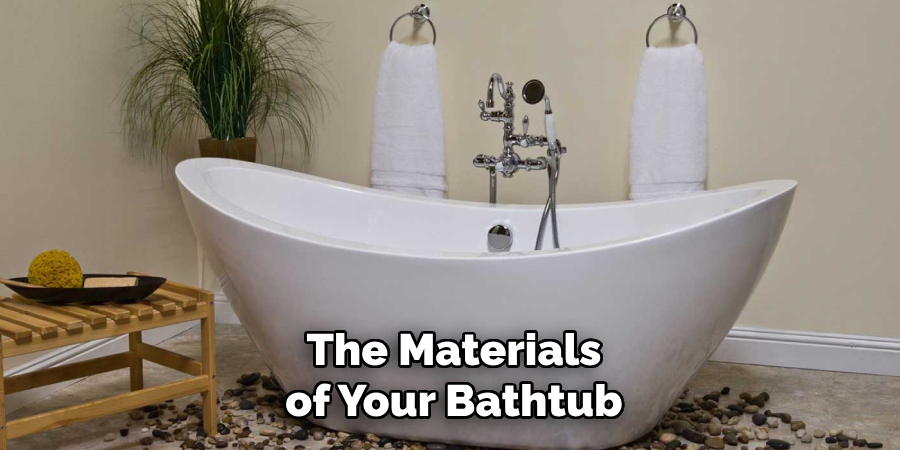
5. Factor in Other Costs
Aside from the cost of the bathtub itself, there may be additional expenses such as plumbing work, tile or flooring replacement, and fixtures. Make sure to budget for these costs when planning your project.
6. Don’t Forget About Ventilation
Proper ventilation is essential in any bathroom, especially one with a bathtub. Make sure to install a fan or windows to prevent moisture build-up and potential mold growth. Again, this may require professional help if you are not experienced in ventilation installation.
7. Add Personal Touches
Converting a shower to a bathtub is also an opportunity to add personal touches and enhance your overall bathing experience. Consider adding features such as a built-in shelf for bath products or a comfortable headrest for added relaxation.
8. Have Fun with It!
Last but not least, have fun with the conversion process! It can be a great opportunity to get creative and make your bathroom a more enjoyable space for you and your family. Enjoy the process and take pride in your new bathtub installation.
So, whether it’s for practical reasons or simply for a change of scenery, converting your shower to a bathtub can greatly enhance your bathroom experience. Just remember to plan carefully, avoid common mistakes, and consider these additional tips on how to convert shower to bathtub for a successful and enjoyable project. Now that you know the dos and don’ts of converting a shower to a bathtub, it’s time to get started on your bathroom renovation journey.
Frequently Asked Questions
How Long Does the Process of Converting a Shower to a Bathtub Take?
The time it takes to convert a shower to a bathtub can vary depending on factors such as the size and complexity of the project, materials used, and any unforeseen issues that may arise. On average, the process can take anywhere from 1-2 weeks.
Do I Need a Professional for This Project?
While converting a shower to a bathtub may seem like a simple DIY project, it is important to consider your own skill level and comfort with the process. If you are unsure or uncomfortable with any aspect of the project, it is best to hire a professional to ensure proper installation and avoid potential issues down the line.
How Much Will It Cost?
The cost of converting a shower to a bathtub can vary greatly depending on factors such as the materials used, any necessary plumbing work, and additional expenses such as fixtures or tile replacement. It is best to research and budget accordingly before starting the project. Remember to also factor in the cost of hiring a professional if needed.
Can I Convert Any Shower to a Bathtub?
While it is possible to convert most showers to a bathtub, there are some limitations to consider. For instance, the size and layout of your bathroom may not allow for a bathtub installation. It is best to consult with a professional or do research beforehand to determine if your specific shower can be converted. Additionally, certain types of showers, such as walk-in or barrier-free, may not be suitable for conversion.
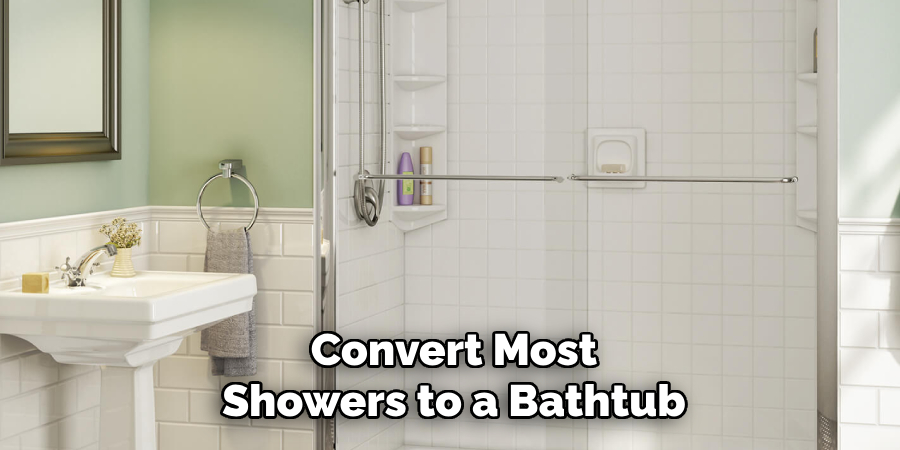
How Do I Maintain My New Bathtub?
Proper maintenance is key to prolonging the life of your new bathtub. Refer to the manufacturer’s recommendations for cleaning and upkeep, and make sure to address any issues promptly to avoid costly repairs in the future. Regular cleaning and proper ventilation can also help prevent mold and mildew growth.
Conclusion
Converting a shower to a bathtub can be a worthwhile and exciting project that can greatly enhance your bathroom experience. You can ensure a successful and enjoyable conversion process by avoiding common mistakes and following these additional tips on how to convert shower to bathtub.
Remember to plan carefully, budget accordingly, and have fun with it! Remember to plan carefully, avoid common mistakes, and consider hiring a professional if needed. With proper care and maintenance, your new bathtub can bring many years of enjoyment and relaxation. Cheers to your bathroom renovation project! Keep checking back for more home improvement tips and tricks.

